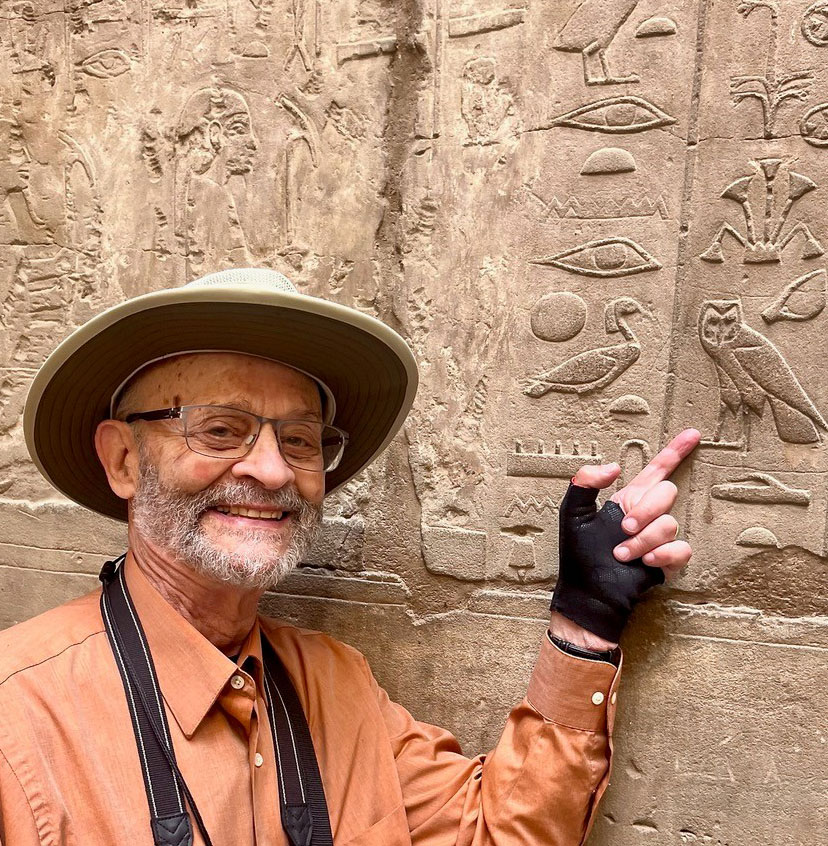Author: James P. Kahan [1]

I recently published two articles in Foresight. The first (Kahan, 2020) explored how the nature of knowledge creation has evolved from disciplinary silos into first joint disciplinary explorations ("interdisciplinary research") and then a further expansion to combining multiple disciplinary approaches to address a practical problem ("transdisciplinary research"). These in turn led to a need to understand what transdisciplinarity itself was like, an endeavor that took us beyond disciplines ("metadisciplinary research"). For transdisciplinary and metadisciplinary research, investigators whose educational bases comprise multiple disciplines – each with its own language – must be able to understand each other's languages well enough that they can incorporate the collectivity of concepts brought forward in the research effort to create new, useful knowledge. That creative effort requires trust.
The second article (Kahan, 2021) reported on a series of studies using an innovative scenario-gaming method of engaging multiple actors from different constituencies to engage in parallel versions (universes, if you wish) of future worlds. Different multi-agency groups were exposed to a structured set of possible future worlds regarding a complex issue of interest. The method ("Bouncecasting") called for participants to react to different scenarios of the future by going back to the present to recommend policy "do-overs" (the bouncing) that would have changed the scenario in ways they found desirable. To arrive at the do-overs, the participants—from diverse stakeholder groups—had to develop a common understanding of each others' views of the strengths and weaknesses of the originally posited scenario. And that effort required trust.
My definition of trust is one that I have developed based upon the pioneering work in the mid-20th Century of Scottish psychiatrist Ronald D. Laing (Laing, Phillipson, and Lee, 1966). Laing's model arose from his experience as a family therapist. These practitioners often experience a married couple presenting with the complaint, "We agree on almost everything. So why do we fight so much?" The answer for Laing was that the couple was not aware of whether they agree or disagree on individual topics, and when they disagree but are unaware of it, then they get into unexpected but very real conflicts. Laing and colleagues had the insight of looking beyond the agreement vs. disagreement dimension regarding an issue to add each person's belief of the other's stance on the topic. If Person A correctly knew the Person B's stance on the issue, then A understood whether or not they agreed. Otherwise, A misunderstood B. Typically, understanding or misunderstanding is mutual, in large part because understanding comes from effective communications." [2]
From Laing et al.'s insight, I developed a concept of interpersonal trust: If Person A believes Person B agrees with A's view of a problem, then A will trust B to act in accordance with their mutual views. Thus, in a transdisciplinary research team, if individual researchers understand each other's expertise and consequence approaches, they can use that understanding to jointly further their research. On the other hand, if they misunderstand each other, the result is a "Tower of Babel" where their work will be at cross-purposes and cannot be effectively accomplished. Because scientists working in transdisciplinary teams only join those teams because they desire to work in that setting, they are inherently eager to understand the perspectives and languages of disciplines other than their own, which leads to a high degree of trust within such teams.
Bouncecasting seminar games allow different players (with possibly different perspectives of what is good in the presented scenario) to discuss what they like and dislike about the scenario, and this provides a way for them to understand each others' viewpoints with reference to the common object of study – namely the scenario. This in turn leads them to trust each other enough to create coherent recommendations for the do-over for the scenario.
My work leading transdisciplinary teams to construct Bouncecasting seminar games that use multiple stakeholder groups usually resulted in research that the sponsors found valid and useful in going forward to develop policies. In other words, the sponsors and researchers understood and trusted each other.
This was not always the case – in one of the projects, the sponsor had an agenda that the research team was not aware of. The sponsors rejected our conclusions as "not customer-friendly" and demanded a revised conclusion that was contrary to our analyses of the games. The research team stood our ground, and eventually each side published its own version of the story in a patent display of mutual distrust.
In the intervening years since that occurred, I am somewhat chuffed to say that the evolution of the policy in question was in a manner consistent with the project team's conclusions and very different from what the sponsor had hoped to achieve.
Since my retirement from active policy research, I have engaged in volunteer community efforts, mainly in police reform, which has become a very hot topic in the United States. I found that the work I had done on metadisciplinarity and on using the storytelling function of Bouncecasting to create understanding which will lead to trust to be useful in formulating possible ways to reform policing.
The political situation in Portland, Oregon is very volatile. On the one hand, there are people who believe that the police need to control violent actors and that pre-emptive use of force is a principal method to be used. On the other hand, there are people who believe that it is the police themselves who are out of control and must be put under severe constraints. My efforts (with similarly-minded people from a very diverse set of Portland communities) involve working with public safety organisations to emphasise their role as providers of a service – real and perceived safety. We advise them in the design, conduct, and reinforcement of training consistent with that role.
One of our major recommendations is that, through intensive community interaction with public safety officers, where each constituency can tell their stories of what they have experienced and what, instead, they would like to see happen, the two sides can come to an understanding of what each can provide the other, thereby satisfying both.
It sounds relatively easy to say, but the truth is that there are many devils in the details, so progress will not be overnight. Nonetheless, there are reasons for some optimism.
References
Kahan, J.P. (2020), "Educating researchers in the metadiscipline of Foresight", Foresight, 2020, Vol. 22, No. 5/6, pp. 703-715.
Kahan, J.P. (2021), "Bouncecasting: A seminar gaming approach to foresight", Foresight, 2021, Vol. 23, No. 6, pp. 613-627.
Laing, R.D., H. Phillipson, A.R. Lee (1966). Interpersonal Perception: a theory and a method of research. Harper & Row Perennial Library, New York.
[1] You may contact me at [email protected]. I thank Douglas Medland of Emerald Publishing for encouraging me to write this short piece and Kathia Emery for helpful suggestions.
[2] Asymmetric understanding/misunderstanding leads to complications that Laing briefly explored; basically, it is an unresolvable situation that is inherently unstable.

Responsible management
We aim to champion researchers, practitioners, policymakers and organisations who share our goals of contributing to a more ethical, responsible and sustainable way of working.
